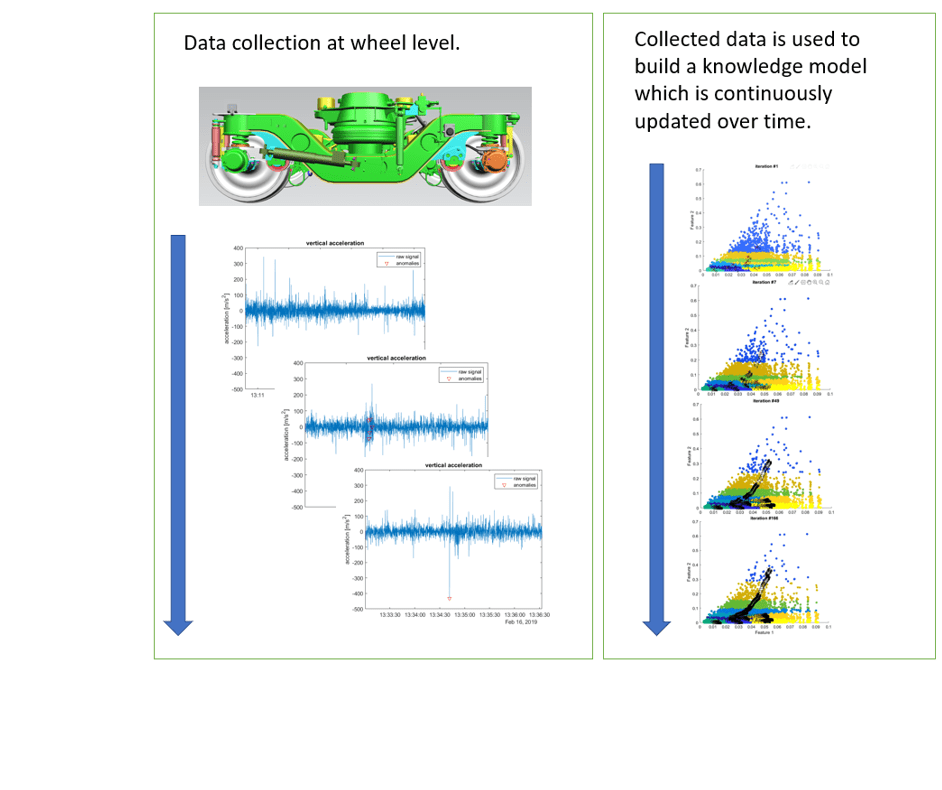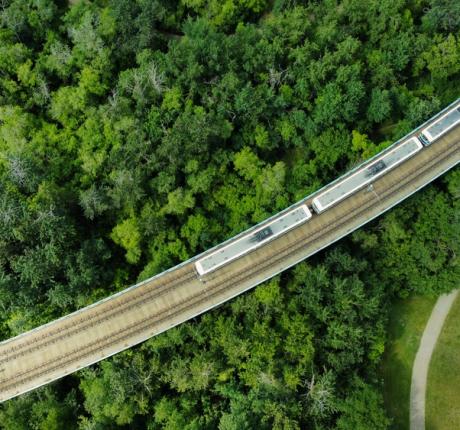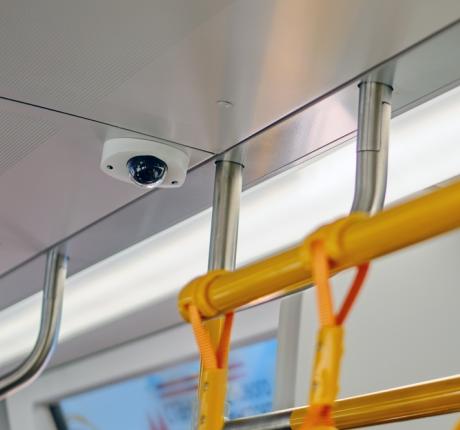
The data ownership challenge of today’s rail industry
The value of data in rail has never been so important, and the ownership of that data so commercially attractive. As demonstrated by organisations such as Google and Facebook, accumulating and analysing large volumes of data leads to unprecedented insights. When used in industrial applications, this data enables informed and enhanced decision-making, increasing its value and prompting urgent questions about ownership and rights.
Stay up-to-date! Subscribe to our news today.

As the rail industry embraces an increasing number of digital platforms, the amount of data produced keeps getting bigger – and the growth rate is not slowing down. This data is worth fortunes, as it provides rich insights into passenger behaviour, track condition, bogie subsystems and infrastructure status, to give just a few examples. New sources of data are continuously being introduced and added to this growing ‘data lake’.
Multiple stakeholders, higher complexity
Within the context of train operations, this trend raises challenges when it comes to determining data ownership rights. Data ownership is primarily a data governance process that details an organisation's legal ownership of enterprise-wide data. The data owner can create, edit, modify, share and restrict access to the data. Data ownership also defines the data owner’s ability to assign, share or surrender all these privileges to a third party.
Many different stakeholders may attempt to claim ownership of the same data because, for instance, they create or generate it, or because they use, compile, select, structure, re-format, enrich, analyse, purchase, apply licenses to, or add value to the data. Some data is currently ‘owned’ by the train operator, some by the infrastructure provider and some by the train builder. Third-party system suppliers also generate their own supplementary data.

Defining data ownership and usage rights up front
It is vital for the industry to recognise the value of its data and establish legal systems to protect it. A wheel sensor system can easily generate several megabytes of information in a single day – data that can be used to predict wheel bearing wear, identify track anomalies and indicate wheel flats. Combined with data sets from other trains covering the same route, this information can provide a comprehensive overview of the system as part of a predictive maintenance program – giving it considerable commercial and technical value.
For this reason, prior to kicking off any project, clear agreements should be drafted with explicit details that cover data ownership rights and data usage obligations. In many instances, different stakeholders will have different powers depending on their specific roles. As a result, no single data stakeholder will have exclusive rights.



